
Belarus: How an EU project transformed a school in Talačyn into a blossoming garden
“We never used to see any birds on the school grounds, and now look at all this beauty!” says Tamara Sushkova, head teacher of School No. 2 in Talačyn, as she’s standing in the middle of her green schoolyard.
It all started in 2016, when Tamara’s school received a flower garden and greenhouses for growing vegetables thanks to the project ‘Support to local development in the Republic of Belarus’. The project was funded by the EU and implemented by the United Nations Development Programme.
A school with its own apple production
Student Anna Zburzhinskaya has witnessed the changes that her school has gone through over the past few years: “This area was planned to be a hockey rink. There were no trees.”
Anna says that after the project was launched, everything changed for the better. Now she participates in many school activities. In 2018, she was actively involved in the project ‘A flowerbed with vitamins. Salad vegetable garden’, which received a first-degree national diploma. The aim of the local project was to create an educational ecofarm, where students could learn about agricultural professions. The initiative received a grant of over $17,000 from the project ‘Support to local development in the Republic of Belarus’.
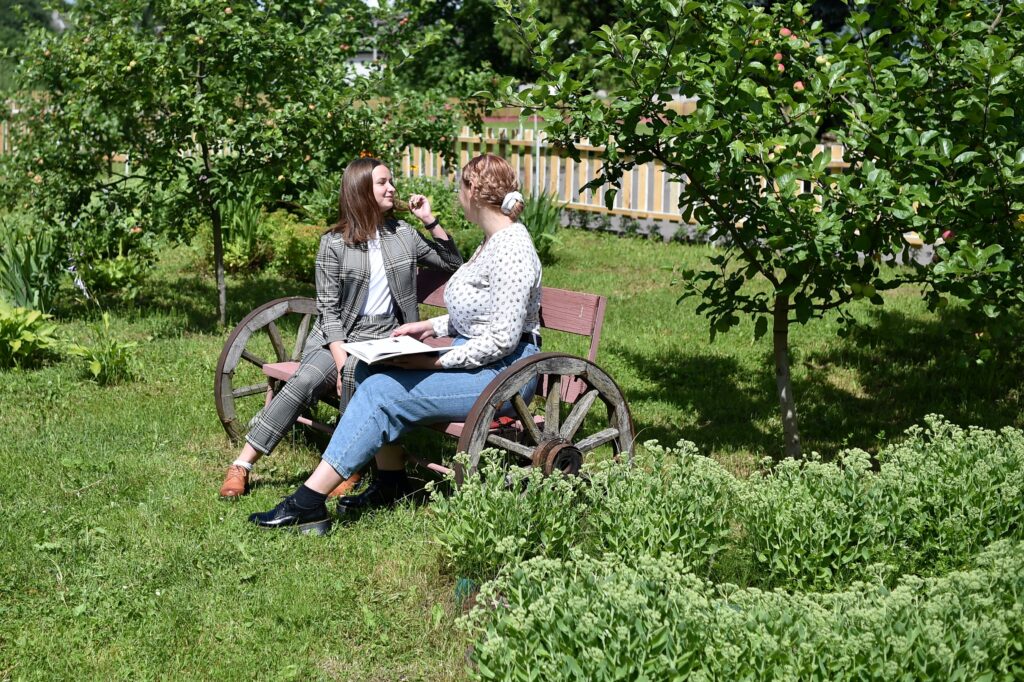 How an EU project transformed a school in Talačyn into a blossoming garden
How an EU project transformed a school in Talačyn into a blossoming garden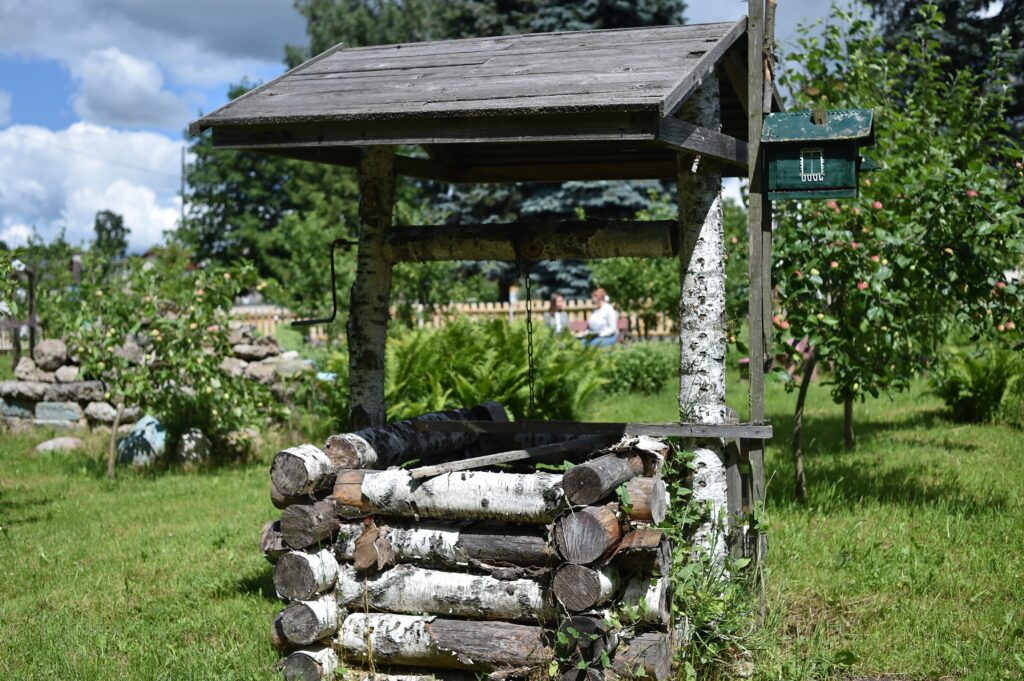 How an EU project transformed a school in Talačyn into a blossoming garden
How an EU project transformed a school in Talačyn into a blossoming garden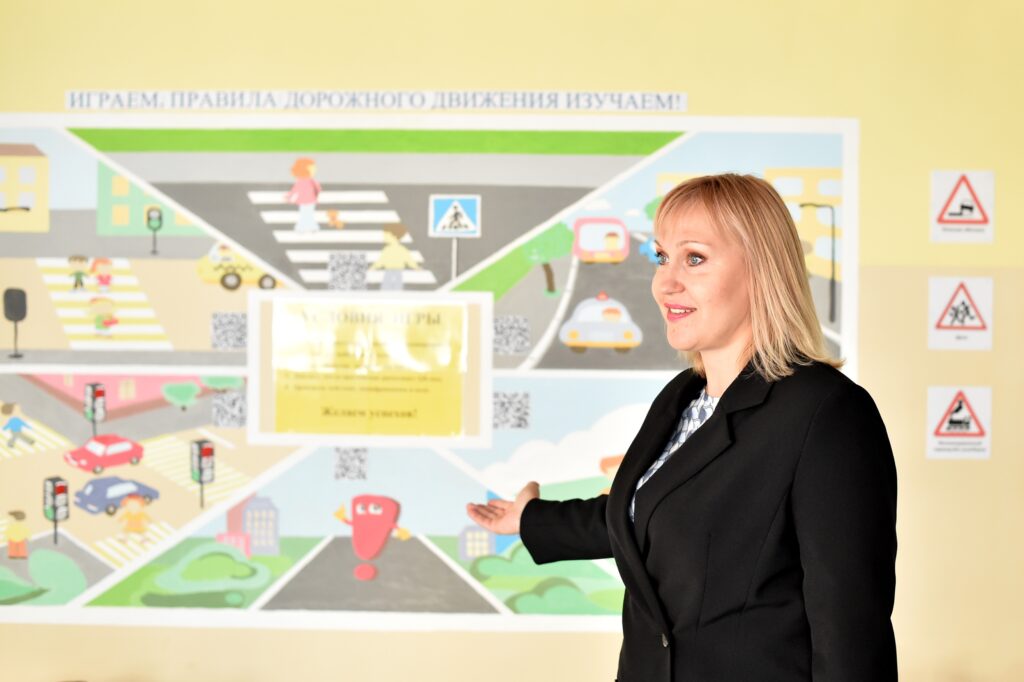 Tamara Sushkova, head teacher of School No. 2 in Talačyn
Tamara Sushkova, head teacher of School No. 2 in Talačyn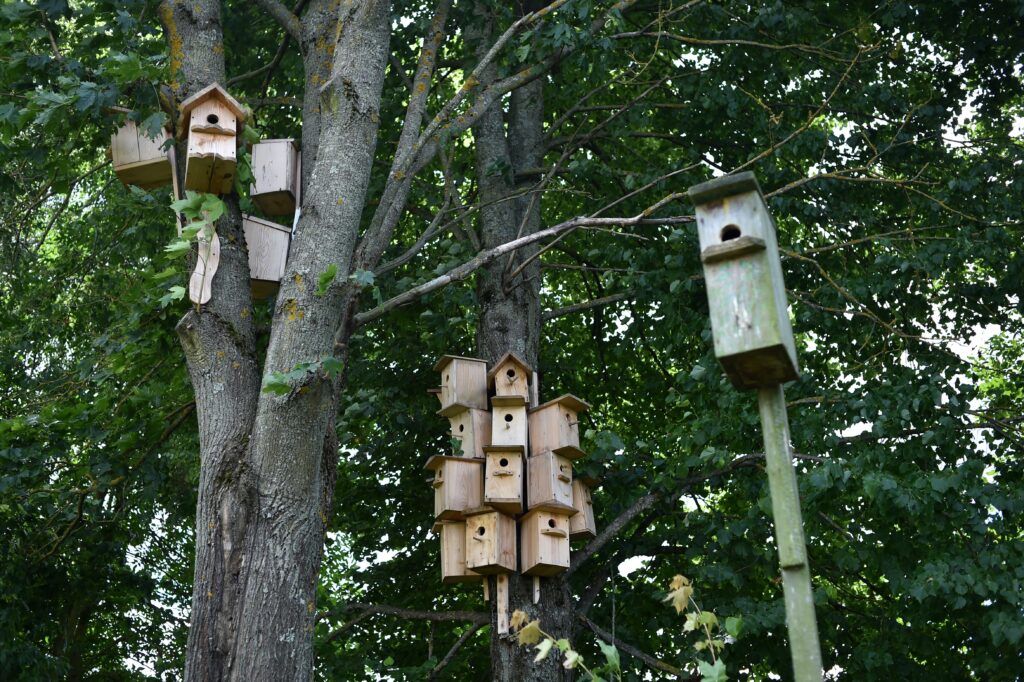 How an EU project transformed a school in Talačyn into a blossoming garden
How an EU project transformed a school in Talačyn into a blossoming garden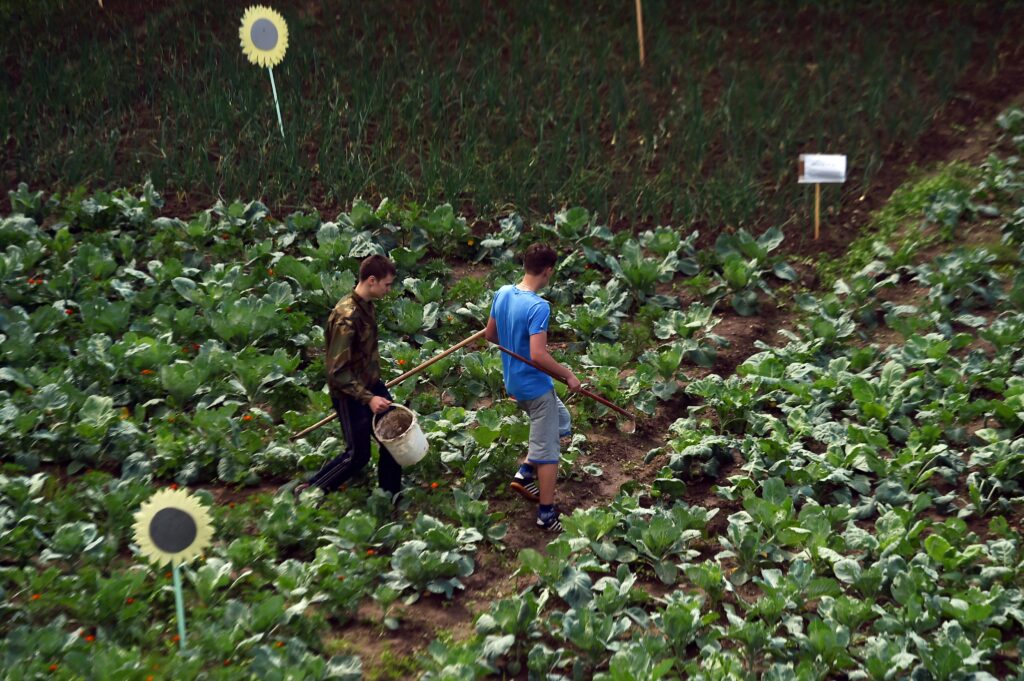 How an EU project transformed a school in Talačyn into a blossoming garden
How an EU project transformed a school in Talačyn into a blossoming garden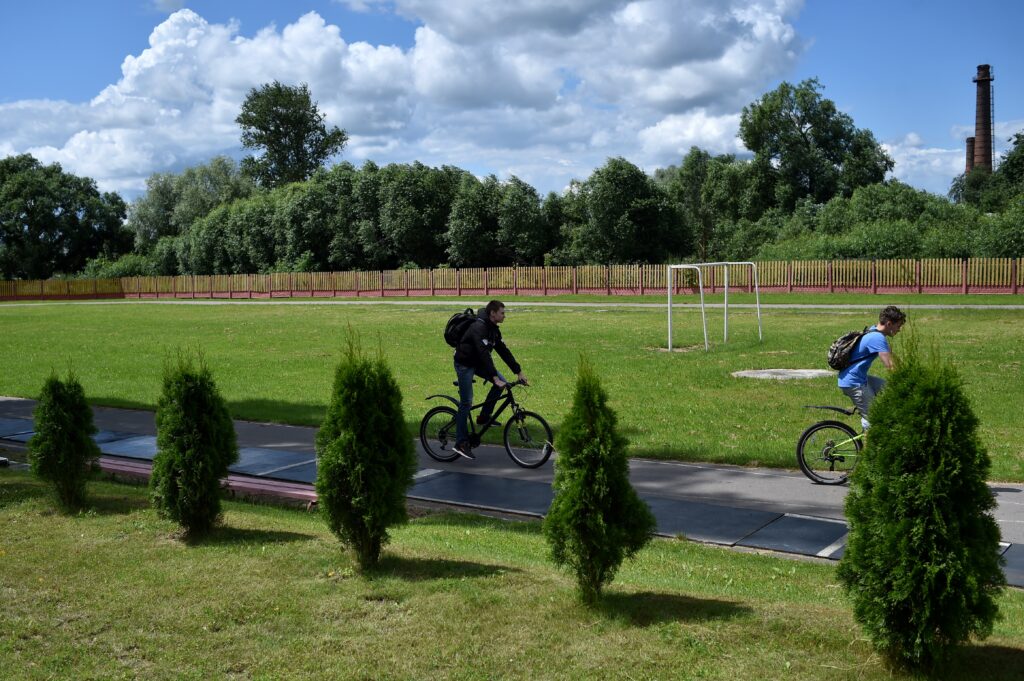 How an EU project transformed a school in Talačyn into a blossoming garden
How an EU project transformed a school in Talačyn into a blossoming garden
“We bought a mini-tractor, a plough, a hiller, a mower, a trailer, garden wheelbarrows and lots of other equipment for gardening and agricultural work. We created four zones: a garden for vegetables and flowers, an area with decorative compositions, a park and a recreation area. Thirty thujas and 100 dwarf apple trees were also purchased within the framework of the project, and almost all of them took root,” says Tamara proudly.
The project brings students, teachers and parents together
Tamara says the sustainability of the project is achieved through purposeful systematic work. Once a month, the school holds an event called ‘Everyone to the garden’ for students between the 5th and 11th grade.
Tamara is showing us photos on her computer: “Here is the tractor, and here are the works on the arrangement of the garden. These are projects related to the garden. There was a lot of hard work done, but the results are good.”
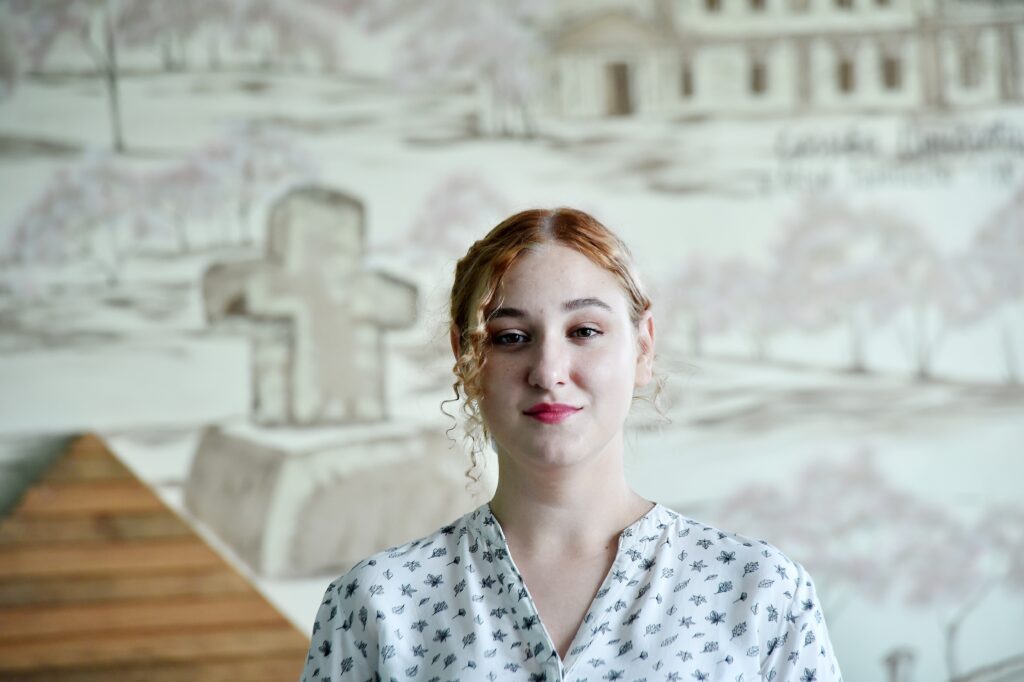 Anna Zburzhinskaya
Anna Zburzhinskaya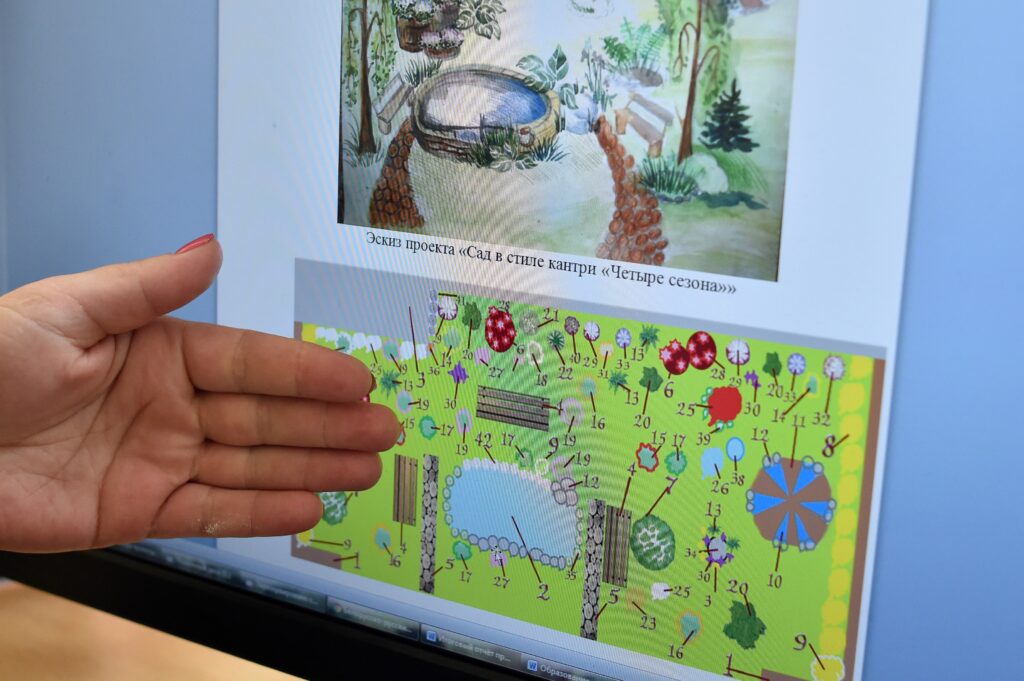 How an EU project transformed a school in Talačyn into a blossoming garden
How an EU project transformed a school in Talačyn into a blossoming garden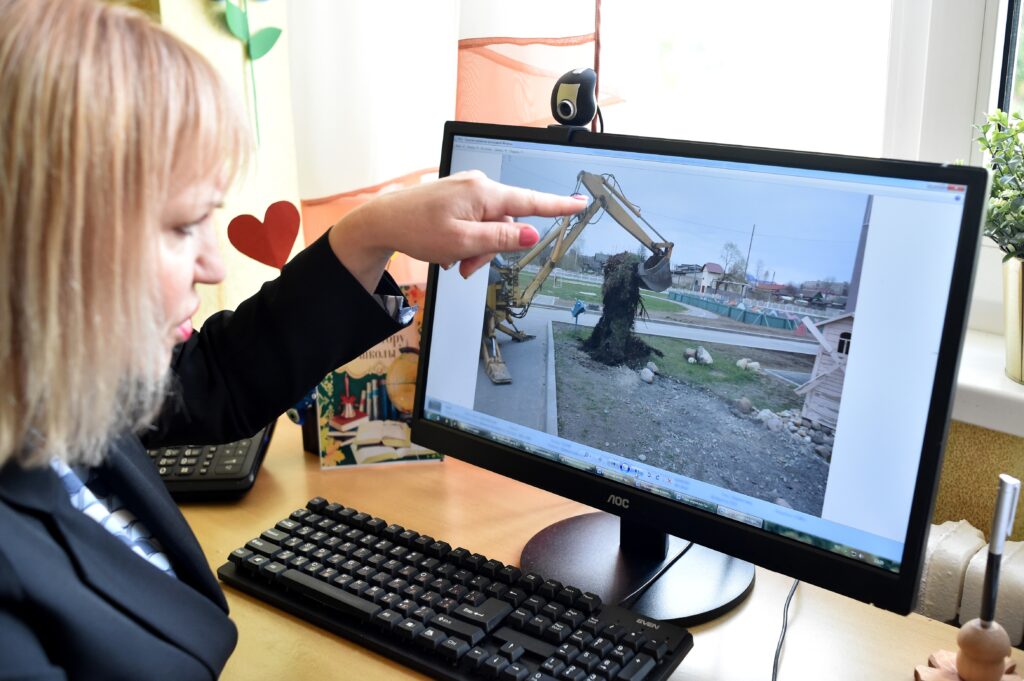 Tamara Sushkova, head teacher of School No. 2 in Talačyn
Tamara Sushkova, head teacher of School No. 2 in Talačyn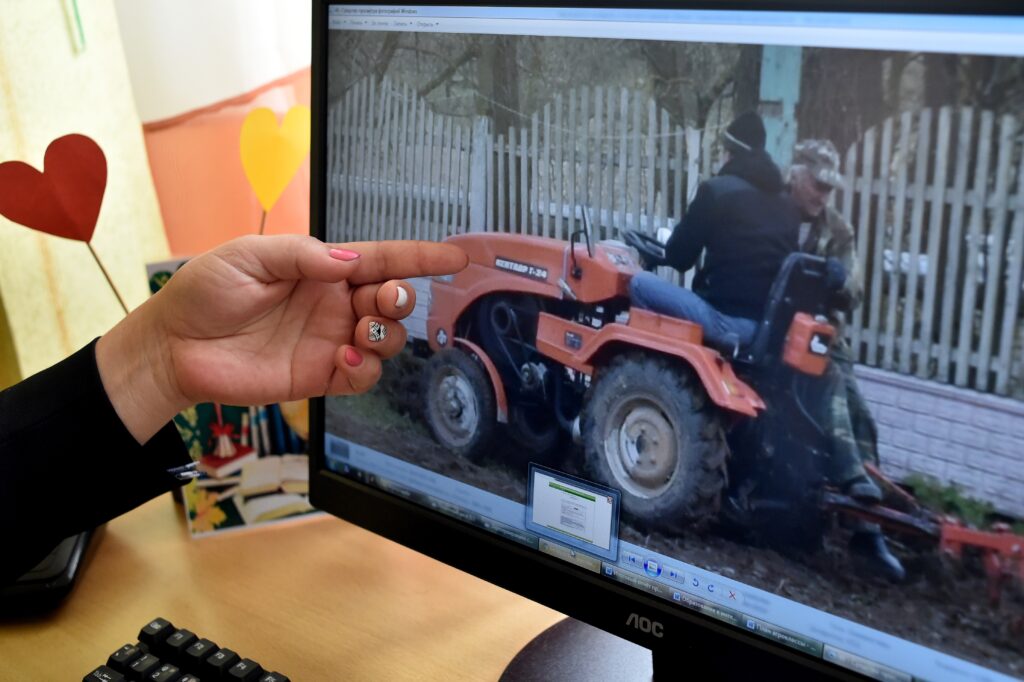 Tamara Sushkova, head teacher of School No. 2 in Talačyn
Tamara Sushkova, head teacher of School No. 2 in Talačyn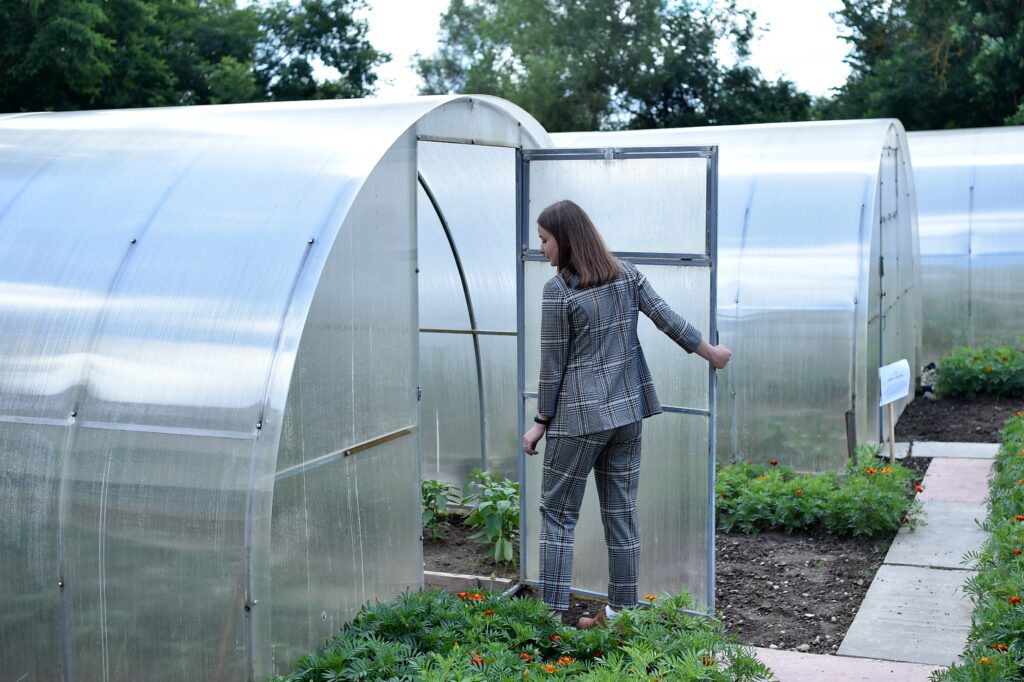 How an EU project transformed a school in Talačyn into a blossoming garden
How an EU project transformed a school in Talačyn into a blossoming garden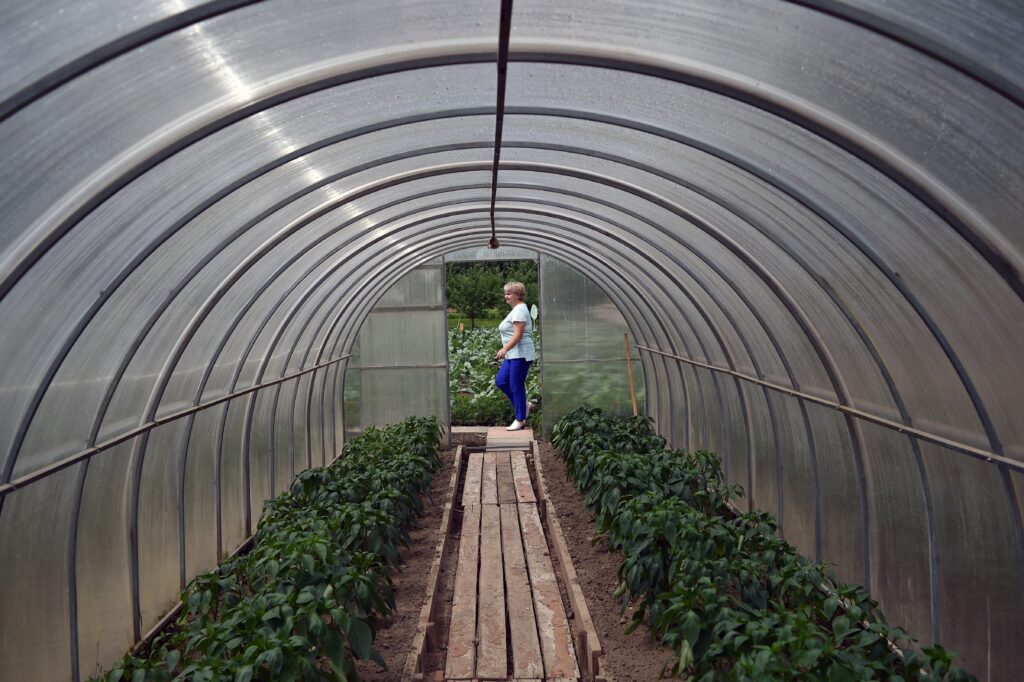 How an EU project transformed a school in Talačyn into a blossoming garden
How an EU project transformed a school in Talačyn into a blossoming garden
The head teacher notes that the point is not just to plant trees, but also to bring students, teachers and parents together, and allow children to express their creativity. Every year there is a project related to the vegetable garden at the school. Unfortunately, this year’s project ‘Pharmaceutical garden’, was postponed due to the coronavirus outbreak.
Because of the pandemic, students don’t get to visit the garden, which is now being taken care of by the teachers and the head teacher. Both students and staff are waiting for the COVID-19 situation to improve, so they can all meet again in the flourishing school garden and continue developing it.
Author: Elena Spasyuk
Article published in Russian by Naviny.by.
MOST READ
SEE ALSO
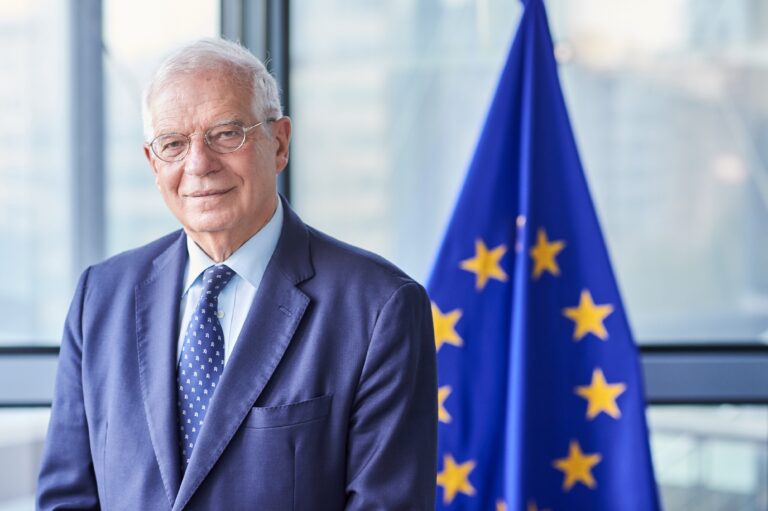
No, time is not on Russia‘s side
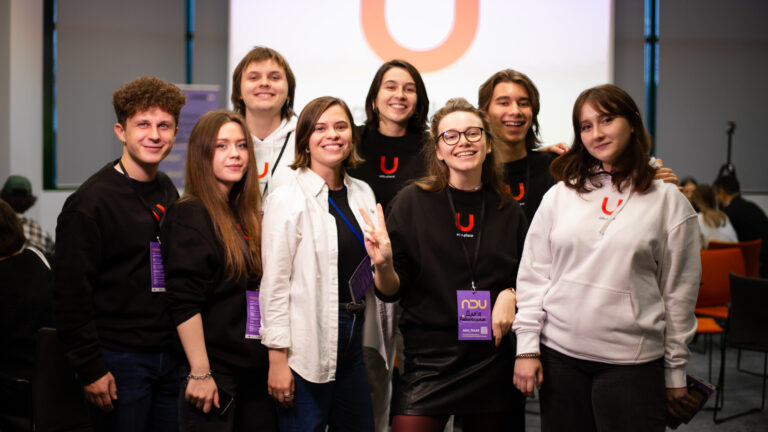
Great opportunities even if you have no money: what the EU offers Belarusian teachers and students

Be one step ahead of a hacker: check simple cybersecurity tips!
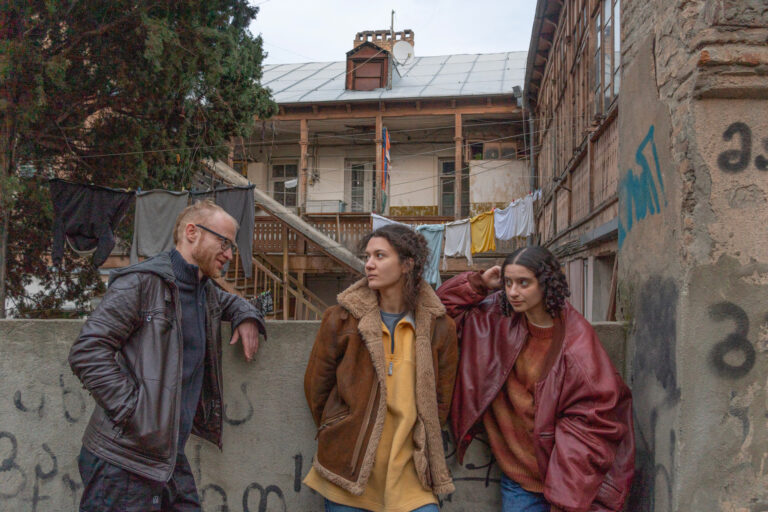
Rhisoma Lab: the intercultural hub for creatives in Tbilisi

How to act and move on: strategies for women facing discrimination and online harassment
More campaign pages:
Interested in the latest news and opportunities?
This website is managed by the EU-funded Regional Communication Programme for the Eastern Neighbourhood ('EU NEIGHBOURS east’), which complements and supports the communication of the Delegations of the European Union in the Eastern partner countries, and works under the guidance of the European Commission’s Directorate-General for Neighbourhood Policy and Enlargement Negotiations, and the European External Action Service. EU NEIGHBOURS east is implemented by a GOPA PACE-led consortium. It is part of the larger Neighbourhood Communication Programme (2020-2024) for the EU's Eastern and Southern Neighbourhood, which also includes 'EU NEIGHBOURS south’ project that runs the EU Neighbours portal.

The information on this site is subject to a Disclaimer and Protection of personal data. © European Union,







